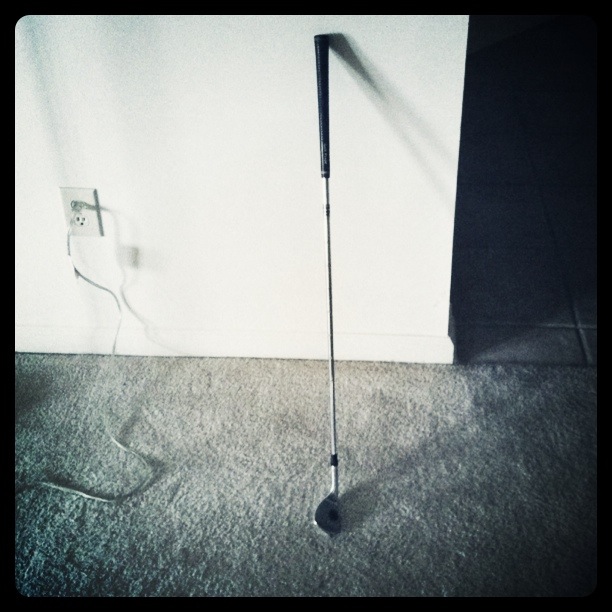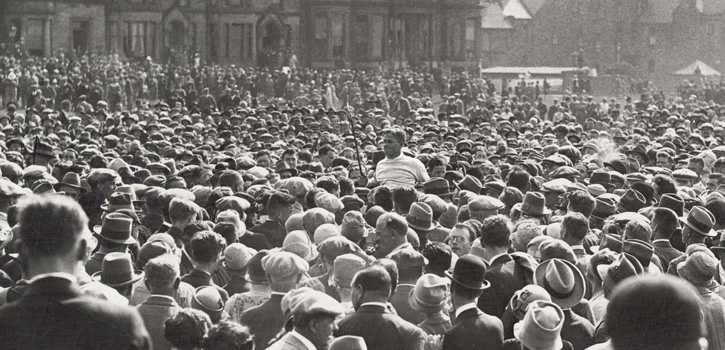There have been a few times in our sport’s history where it seemed the world held its breath to watch golf. It likely happened in 1930 when Jones capped off the unthinkable ‘Grandslam’ win. Again in Augusta, Georgia, when Nicklaus awakened from hibernation at the age of 46 to win his sixth green jacket. Most recently, Tiger in 2008 as he hobbled to victory on a torn knee. It’s moments like these that become the greatest marketing campaign our sport could ever get.
There’s arguably no other sport where the perception of a level playing field exists — even the early duffer can sink a 40 footer every now and then. While with other sports, it becomes certain at point, playing baseball at Wrigley or dunking on Lebron is unlikely.
Despite our game’s significant advantages in appeal, it takes considerable effort to understand and appreciate its depths. The idea that you can be just as good as Tiger on one hole won’t resonate with the average golfer until they’ve played enough to develop confidence and skill. The feeling of striking the perfect shot is addicting. Yet, knowing that perfect shot is still in you after the third duffed shot in a row is the ultimate enigma. But golf is in a decline; if it were a stock, Wall Street would be yelling “sell!”
Even a polished Power Point presentation couldn’t disprove the numbers. “Rounds played per year” is the standard barometer of measuring the sports popularity, however a much more alarming data point comes from a source most of us use every day: Google. Search terms with the word “golf” have steadily dropped year after year since 2004. It’s down 40% since 04’. You can see below, each summer, the game hits its annual peak, falls in the winter months, only to rise again during Masters’ time (indicated by bump in April).











